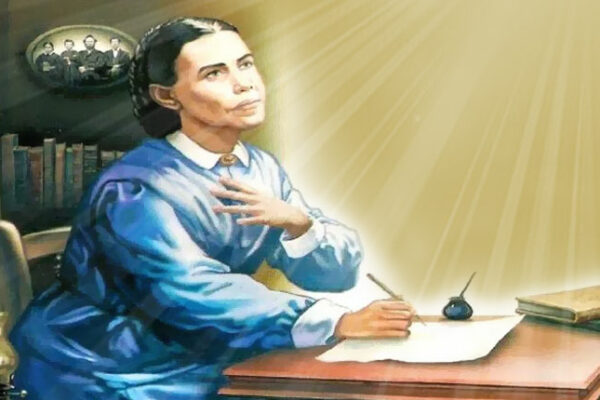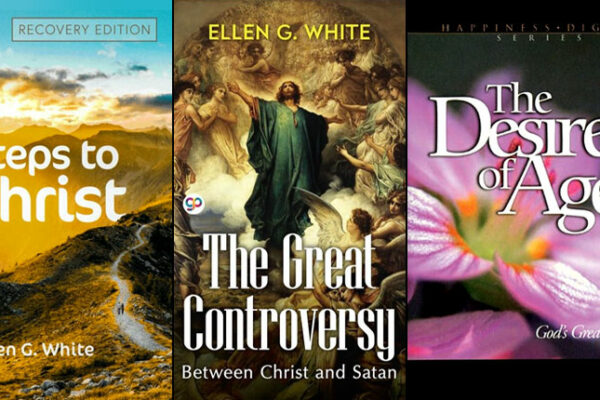Today, many of the homes of Ellen G White have become historic sites. Located in Michigan, USA, the first home owned by her and her husband is now a part of the Historic Adventist Village. All their other homes are privately owned.
The only exceptions are the one in Australia named ‘Sunnyside’ and her last home in California named ‘Elmshaven’. The latter is now a National Historic Landmark and the former is owned by the Seventh-day Adventist Church. She was also instrumental in the founding of Avondale College in Australia.
Biographies
First published in 1851, her biography was written by herself and later expanded in 1880. It was again expanded by her and several other authors. The other authors had covered the last part of her life in this book, which was published in 1915. It is still in print with the title Life Sketches of Ellen G. White.
Among all the biographies of Mrs. White, the most comprehensive one was written by Arthur L. White, her grandson. This extensive work spanning six volumes is titled Ellen G. White: A Biography. Various aspects of her life and ministry have been covered in thousands of articles and books.
Most of them can be found today in the libraries of Andrews University and Loma Linda University. Major research collections on Adventism can be found in these two primary institutions of the Seventh-day Adventists.
Theatre and film
Throughout the history of the Seventh-day Adventist Church, there have been several perceptions of her. This was narrated well in a play about her called Red Books: Our Search for Ellen White. It was based on the interviews that were conducted with more than 200 individuals.
The title was derived from the red cover that was traditionally used to bind the books of Mrs. White. The Seventh-day Adventist Church had produced a movie in 2016 titled Tell the World. It chronicled the life of Mrs. White. In recent times, the Seventh-day Adventist Church has almost 20 million members in various parts of the world.
Writings
The written works of Ellen G White are considered relevant for the church even today. Her writings had faced criticism from the community of evangelicals. Some of the leaders of the Adventist church attempted to engage them in a dialogue. In the mid-20th century, they tried helping evangelicals understand Seventh-day Adventists better through this process.
As a result, Questions on Doctrine was published in 1956. It explained the beliefs of the Adventists in the language of the evangelicals. While some of them rejected the prophetic claims of Mrs. White, they saw her as a genuine Christian believer. Sometimes, the Adventists refer to her writings as the ‘Spirit of Prophecy’. This term was also applied to the Holy Spirit, which was the inspiration behind her writings.
A statement of Fundamental Beliefs, which was adopted in 1980 said something important with regards to her spiritual gifts. It noted that the gift of prophecy was manifested in Mrs White’s ministry. Further, it said that her writings were an authoritative and continuing source of truth. These writings provided instruction, correction, comfort, and guidance for the Seventh-day Adventist Church.





